8 Premier League players who've benefited most from a positional change this season
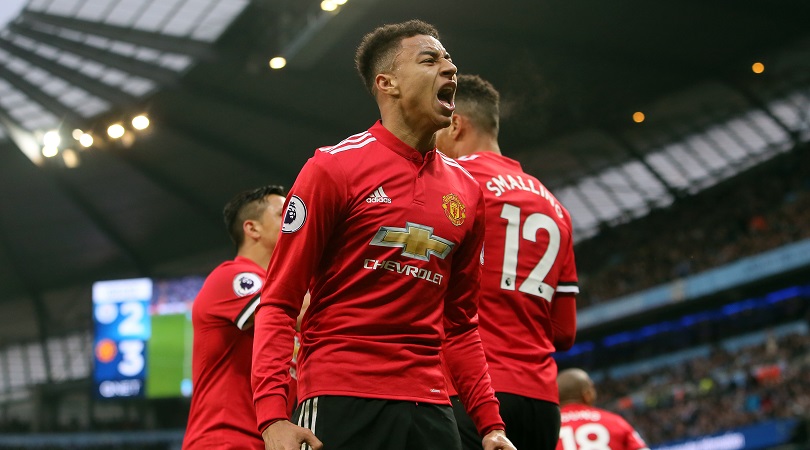
Positional changes
Many of the end-of-season awards have been handed out as the Premier League campaign approaches a conclusion, with Mohamed Salah crowned PFA and FWA Player of the Year and Leroy Sane scooping the equivalent PFA Young Player prize.
But what of those who have benefited most from a positional change in 2017-18? In this slideshow we pick out eight players who have thrived in a new zone of the pitch…
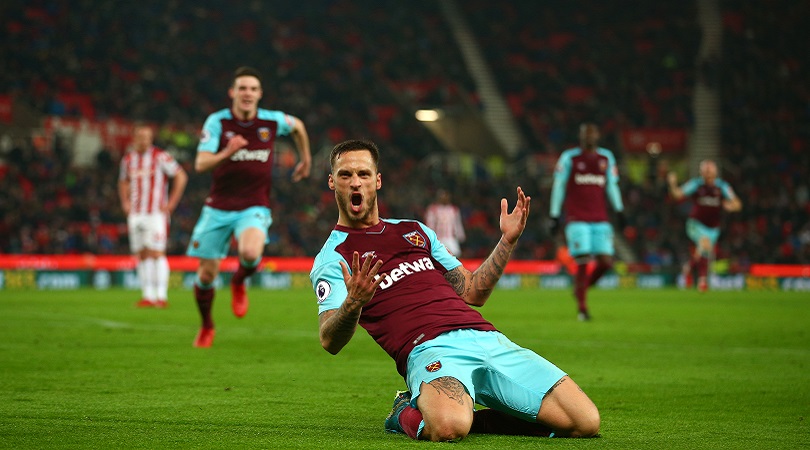
Marko Arnautovic
After a difficult start to the season under Slaven Bilic, things changed for Arnautovic when David Moyes took charge. Since being installed up front by the Scot, the Austrian has scored all of his goals (10) and provided all of his assists (four) for the season in only 17 Premier League games.
Freed from the defensive duties his old wide role came with, the 28-year-old has looked rejuvenated. Moyes has even compared him to a certain iconic Swede: “He is a little bit of a Zlatan [Ibrahimovic] in as much as the players look to him,” the Hammers honcho said.
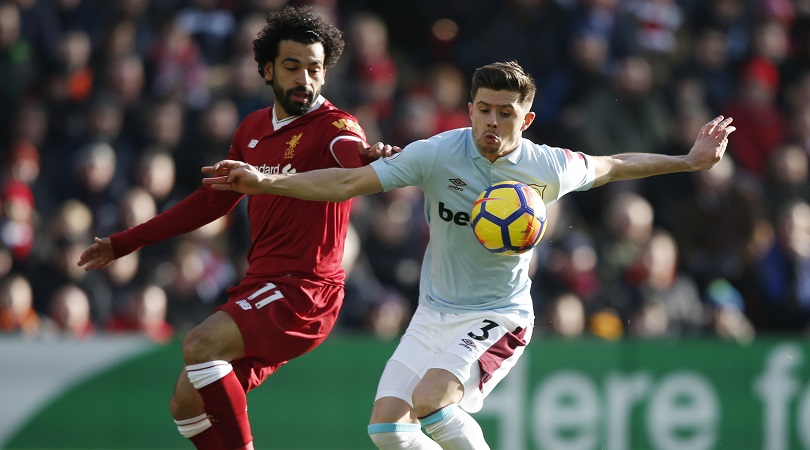
Aaron Cresswell
Since his appointment at West Ham, David Moyes has often used a back three. And, whether the Scot has gone for a 3-5-2 or a 3-4-3, Cresswell has been key to his defensive line. The former left-back has frequently been brought inside to the left-sided centre-back berth, and thrived in his new position too.
Cresswell's primary quality was his crossing as a full-back, so it’s no surprise he’s now a centre-back tasked with bringing the ball out. His presence has improved the team’s build-up, allowing West Ham to play through pressure.
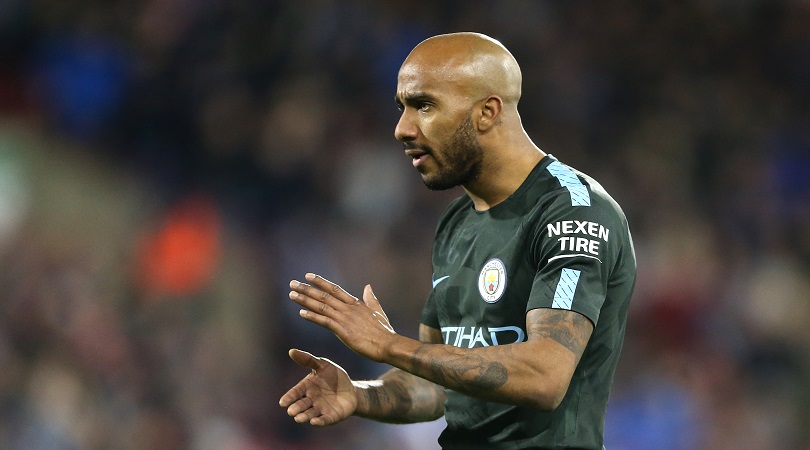
Fabian Delph
Benjamin Mendy was expected to fill the left-sided full-back spot within Pep Guardiola’s 4-3-3 system, but Delph was forced to step in when the Frenchman injured his anterior cruciate ligament in September.
The Yorkshireman's redeployment was undoubtedly helped by the fact that Guardiola’s full-backs often act as central midfielders during attacking moves, drifting infield to support build-up. With Delph having previously been no more than a fringe squad player at the Etihad, his conversion offers hope of a long-term future at the Etihad.
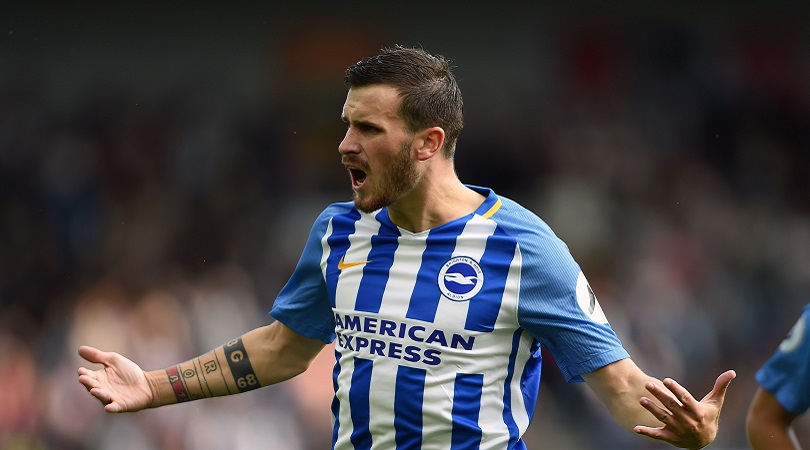
Pascal Gross
Back in Germany, Gross always had a good reputation for chance creation. Since joining Brighton from Ingolstadt, the 26-year-old has been pushed into a more advanced central role – where his creativity has come to the fore once again.
Gross was previously seen as a versatile operator capable of filling in on the wing or in central midfield, but has acted as a second striker in Chris Hughton’s favoured 4-4-1-1 system for the majority of this campaign. He’s set up a third of Glenn Murray’s 12 goals and grown into one of the Premier League’s most productive playmakers. Not bad for £3.5m.
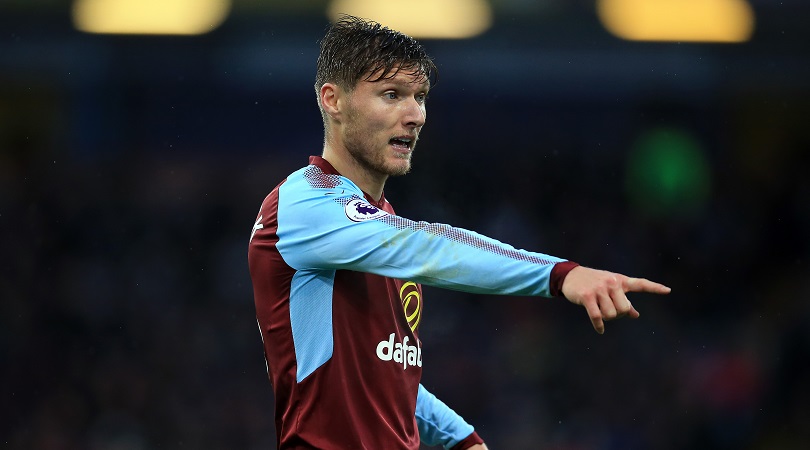
Jeff Hendrick
Burnley are unashamedly committed to direct attacking football in an era that increasingly frowns on long balls. They play more of these types of pass, on average, than any other Premier League team – and they have success with it. Hendrick, moved by Sean Dyche from central midfield to No.10, has been important to the strategy.
Most players in his role constantly look to get on the ball and make things happen, but the Irishman's take is unorthodox. He almost acts as a second striker, supporting the lone frontman both in pressing and by getting into position to secure second balls.
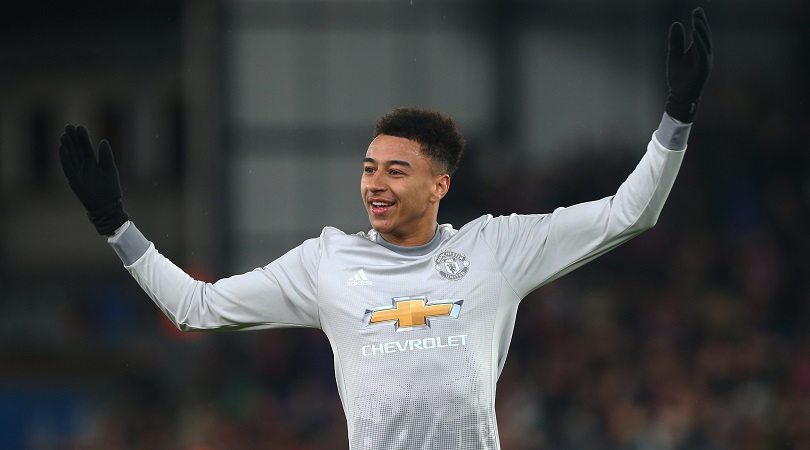
Jesse Lingard
With games to spare, Lingard broke his own personal record for league appearances in a single season – and doubled his previous best tallies for both goals and assists in a Manchester United shirt. The 25-year-old's newfound levels of performance are down to a subtle tactical modification.
Before 2017-18, Lingard was no more than a utility player; now, though, he’s a pivotal figure in a busy attacking midfield role. A hard worker and team player, the England international is always willing to press in attack – while his pace makes him a threat on the counter.
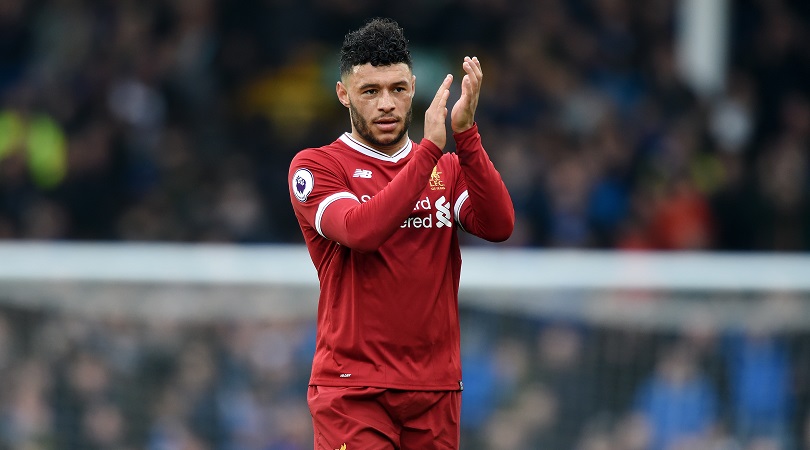
Alex Oxlade-Chamberlain
Tired of being deployed at wing-back during his last season with Arsenal, Oxlade-Chamberlain’s wish to play in midfield came true in his maiden campaign at Anfield. Initially trialled on the right of a four, he had been a colossal performer since switching to a more central position in Jurgen Klopp’s three-man midfield.
That was, until injury bit in the Champions League semi-final first leg against Roma – ruling him out for the rest of the season, including the World Cup. It was a huge shame for club and country: Oxlade-Chamberlain's energy, speed and aggression on the ball had been integral to Liverpool’s upturn.
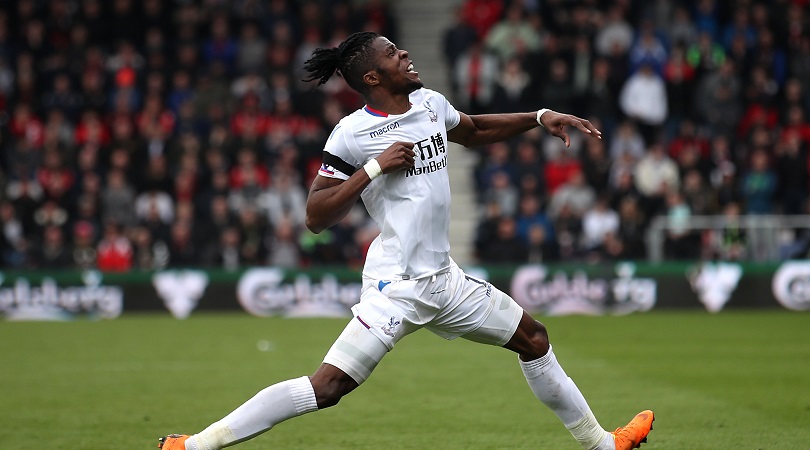
Wilfried Zaha
Before his knee injury earlier this term, Zaha epitomised Crystal Palace’s wing-focused attacking style. As one of the Premier League’s most effective dribblers, he was tasked with beating his man to engineer scoring opportunities. But since Roy Hodgson took charge, the team’s style – and Zaha’s function – has altered.
The Ivorian has regularly led the line within Hodgson’s preferred 4-4-2, using his pace and skill in more advanced areas of the pitch. Having now bettered his personal best for goals in a single season (currently eight), Zaha is a more consistent and direct threat to opposition backlines.
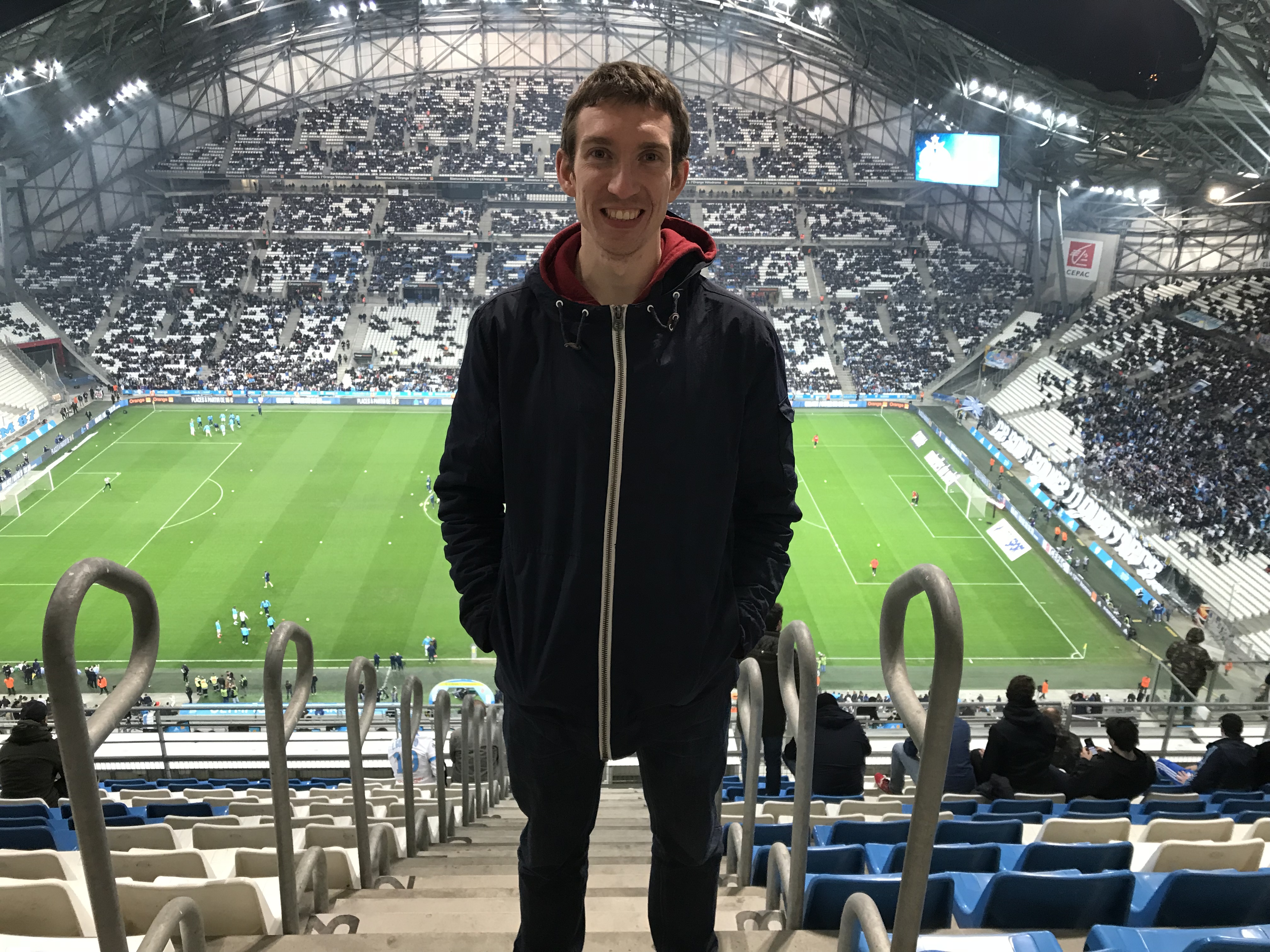
Greg Lea is a freelance football journalist who's filled in wherever FourFourTwo needs him since 2014. He became a Crystal Palace fan after watching a 1-0 loss to Port Vale in 1998, and once got on the scoresheet in a primary school game against Wilfried Zaha's Whitehorse Manor (an own goal in an 8-0 defeat).
